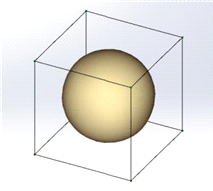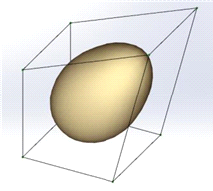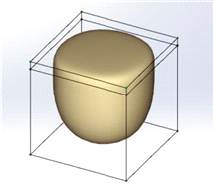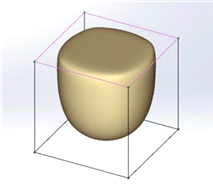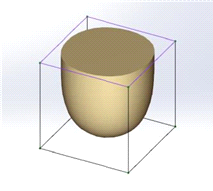What is a Power Surface?
It is like freeform NURBS control polygon with some of the restrictions typically associated with NURBS removed. In the graphics industry it is also known as a Subdivision Surface object or SubD for short. Pixar originally developed this technology for modeling organic forms and you can see it used in all of its animated films. Soap Bubble With Box Control Cage |
|
Another way to think about a SubD is that it is like a soap bubble where the edges of the control polygon pull on the soap bubble. If you put two edges close together they exert more of a pulling effect and cause the soap bubble to be more curved. You can also increase the curvature of the soap bubble by increasing the weighting on an edge and pulling the soap bubble closer to that edge. If you increase the weighting on the edge all of the way to 100% then you create a creased edge that is not smooth. Moved Edge Changes Soap Bubble |
|
There are several ways to create SubD objects for use in SolidWorks. Power Surfacing provides several Primitive objects that can be used as starting points; you can use sketches to generate SubDs, or you can import mesh objects directly into the Power Surfacing editor. Once created, you can constrain SubD geometry to existing analytic Solidworks geometry. We have the ability to make the connection with Solidworks and maintain Curvature Continuity between the native Solidworks body and the Power Surfacing generated body. This capability makes Power Surfacing a powerful addition to your existing surface modeling workflows. You can construct objects with are a combination of Solidworks native surfaces and Power Surfacing generated surfaces. Additional Edges More Curved, left, Weighted Edges Pull Harder, center, 100% Weight = Creased Edges, right |
Created with the Personal Edition of HelpNDoc: Create cross-platform Qt Help files
